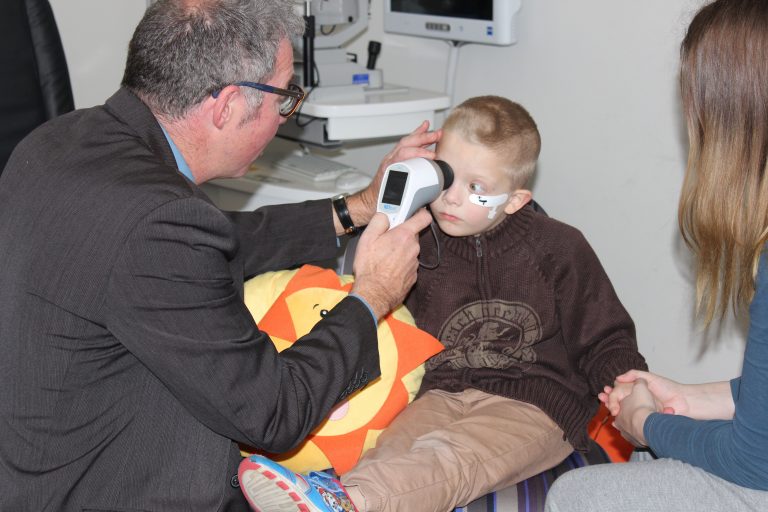Within a few years, optometrists could be able to help detect autism in young patients, thanks to a discovery by Adelaide optometrist and vision scientist Dr Paul Constable.
Dr Constable, who is head of teaching at Flinders University and has a PhD in electrophysiology, found that children with autism have slightly different electrical signals in their retinas than children without autism. The retina is the thin layer of tissue that lines the back of the eye on the inside, located near the optic nerve.
Retinal examinations using a specific hand-held instrument revealed subtle differences in individuals on the autism spectrum.
The eye scan is painless and Dr Constable hopes to develop a test from it that could take less than ten minutes to perform and help identify children who may develop autism.

“We started with children with an autism diagnosis and now the real test is if it can predict a diagnosis,” he said. “The scan may be able to help confirm an autism diagnosis as well as identify children at risk of developing autism.”
Currently in Australia the average age of diagnosis is four years. If the scan can reduce this age of diagnosis then a better outcome for the child and their family can be provided through earlier interventions, Dr Constable said.
Dr Constable is the lead researcher in the project which he has worked on for 13 years in collaboration with Yale University in the US, University College London and Great Ormond Street Hospital in the UK.
His son Miles has autism and ironically an optometry consultation when they lived in the UK which was traumatic for them both, due to dilating drops temporarily blurring Miles’ vision, triggered the research. The new device will mean that dilating drops are not needed for the eye scan.
Below is a recent Channel 9 news story on the breakthrough.



